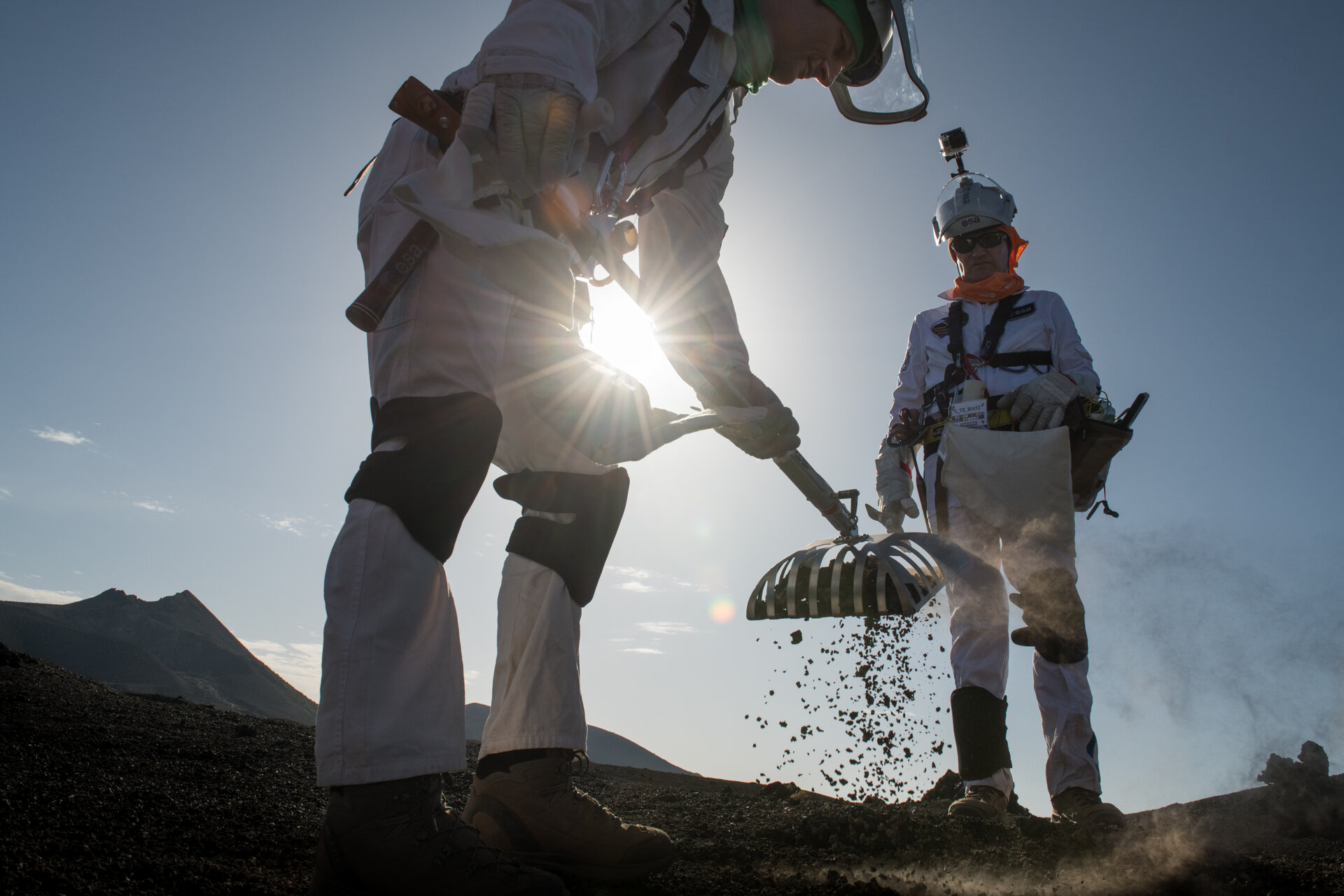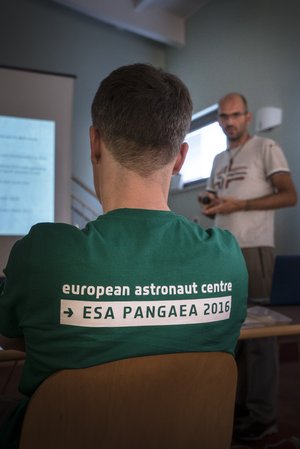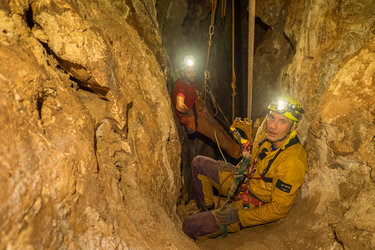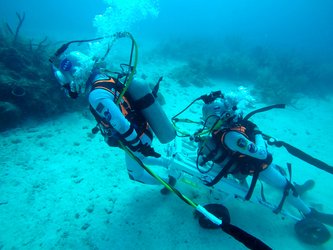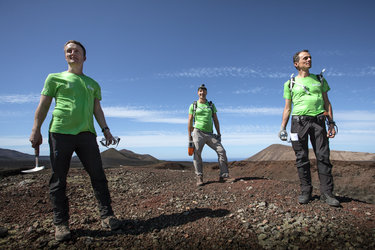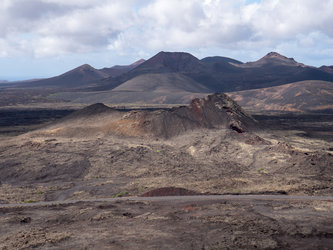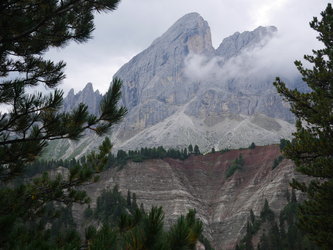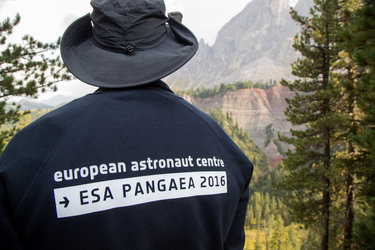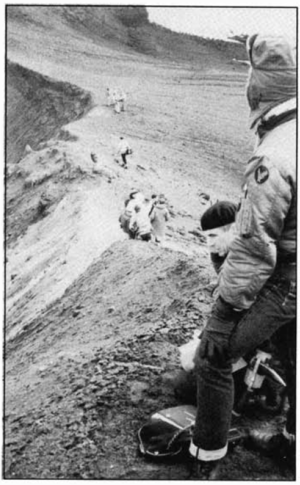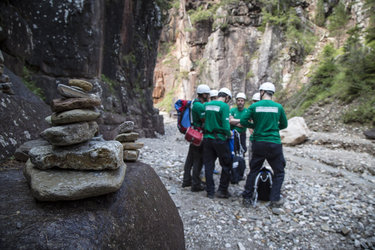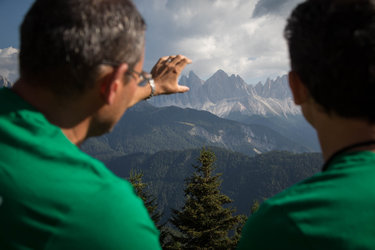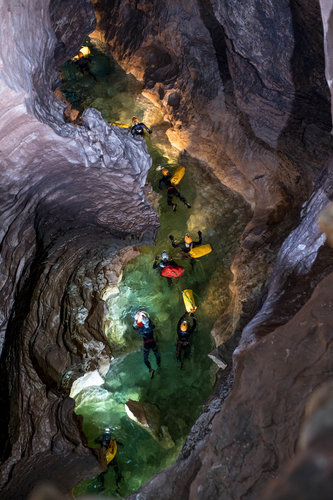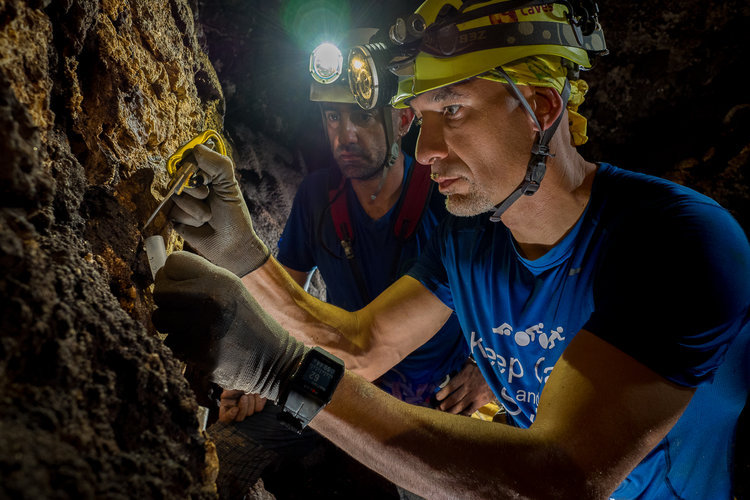Planetary geology with Pangaea
A key element of exploration is bringing knowledge back home. When we set down on other planets an important part of the expeditions will be understanding how the planetary bodies formed over time, revealing clues to how our Solar System and Earth were formed.
We can learn a lot from looking at how a planet was shaped over time and astronauts need to be trained to recognise geological formations when they explore far-away landscapes.
ESA’s Pangaea course is giving the researchers, mission designers and astronauts the skills they need to prepare better and more efficient research and exploration on future missions.
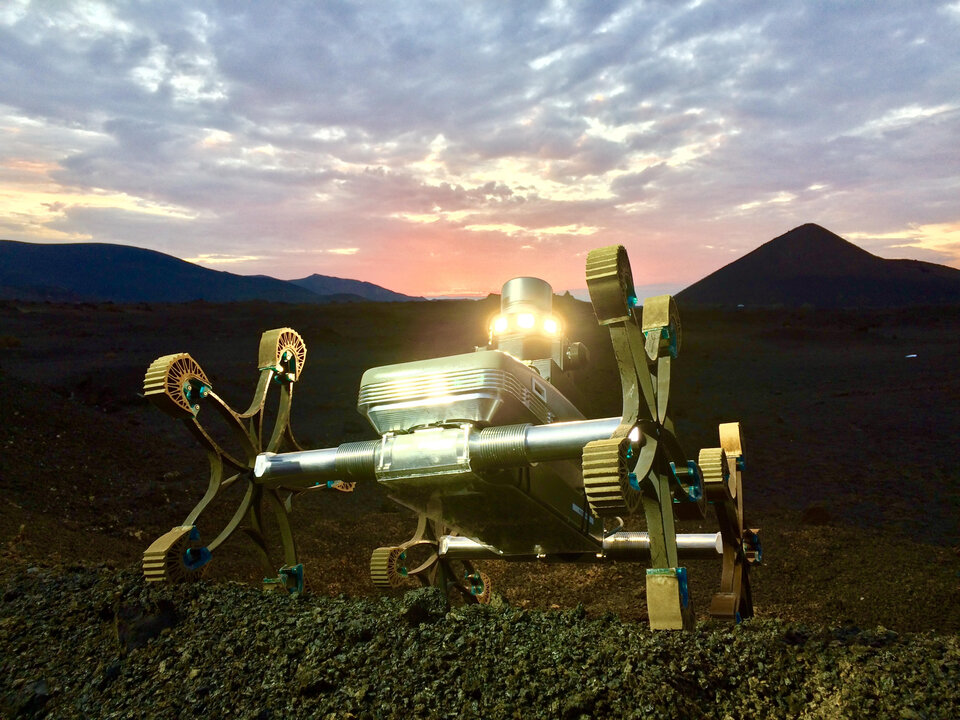
No substitute exists for working in the field to learn the principles of field observation and sampling so excursions around the world find environments that resemble other places in our Solar System or that have a similar geological history.
From the Ries crater in Germany – used by the Apollo astronauts for geological field training – to the volcanic island of Lanzarote and the Italian Dolomites, engineers and astronauts learn how to read the landscape, take interesting samples and report back to mission control.
The recognition and interpretation of geological structures and processes requires experience, repeated encounters with the subject matter and detailed field studies. Pangaea’s field training teaches astronauts decision-making methods and efficient documentation and descriptive techniques rather than wide and purely theoretical knowledge.
More about Pangaea on the dedicated part of the ESA website.

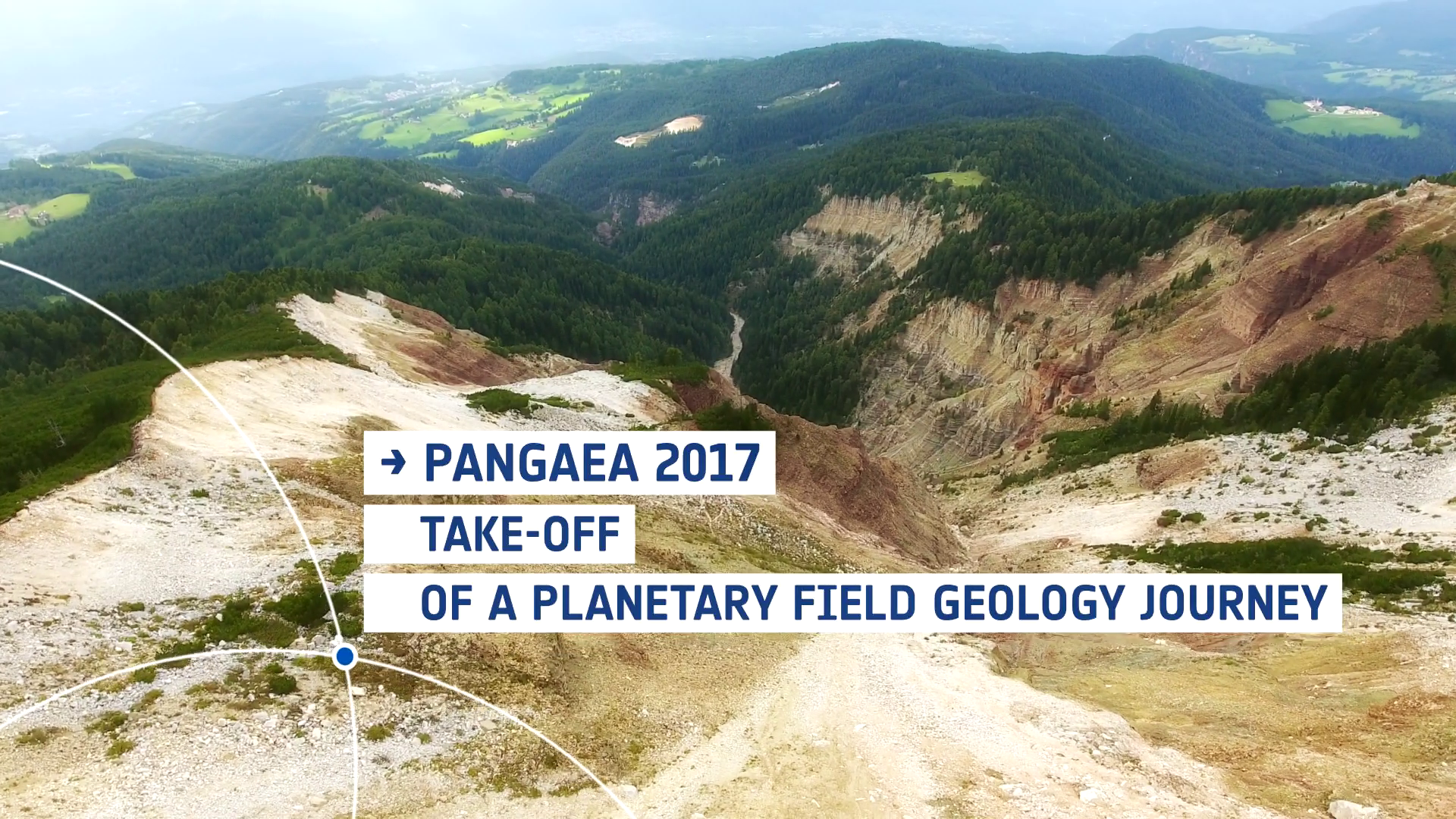
Access the video


